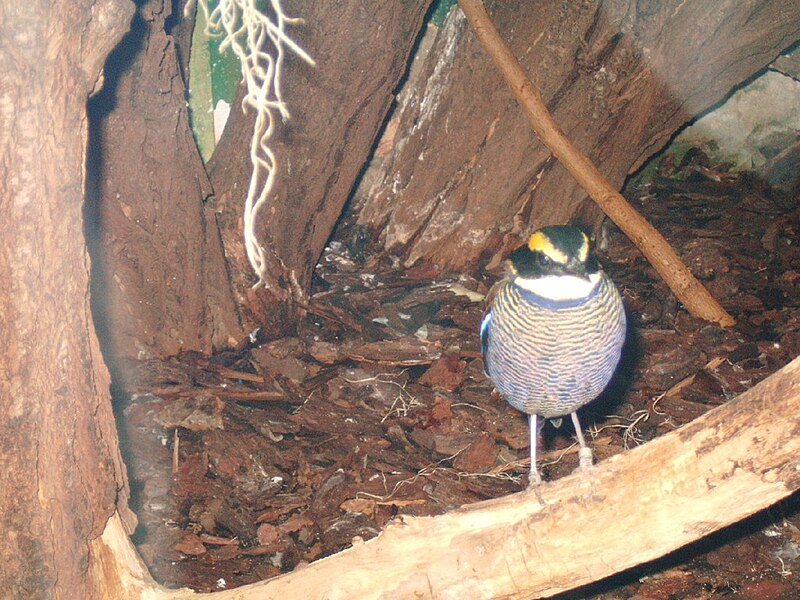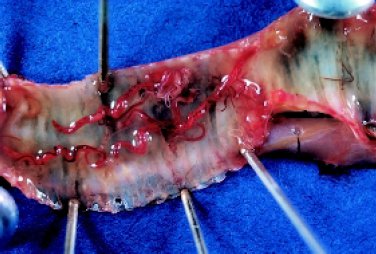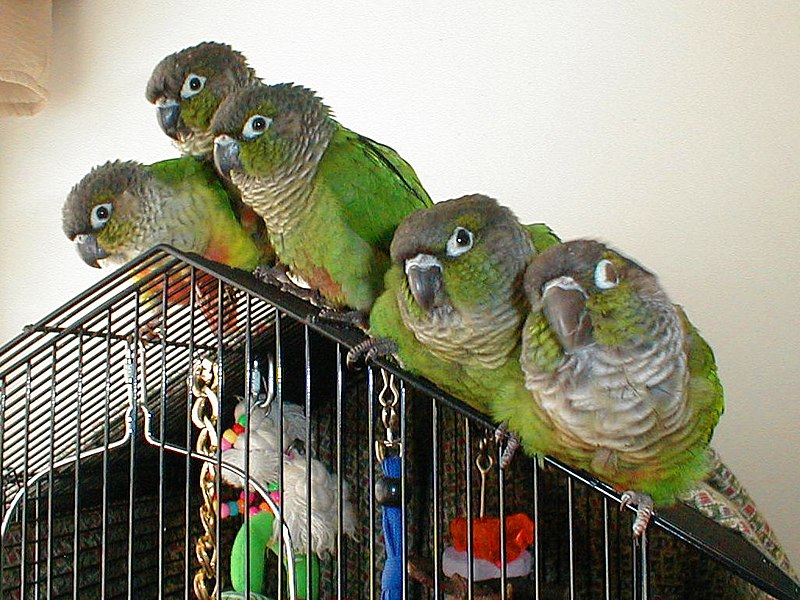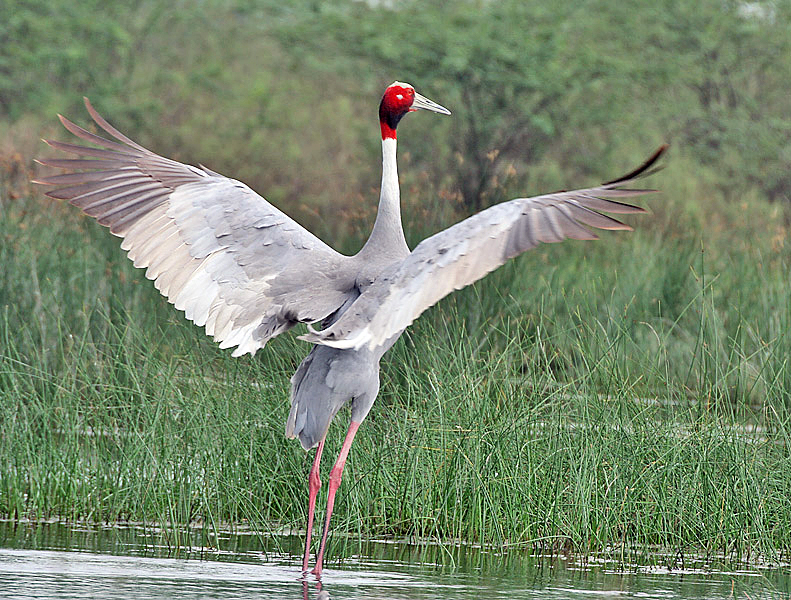
General Considerations
In the wild, Banded Pittas subsist entirely upon snails, earthworms, beetles, spiders and other invertebrates, with perhaps some carrion taken when available. In Part I of this article, I compared their housing requirements to those of delicate reptiles and amphibians. In matters of diet, we see again that their captive needs vary greatly from those of “typical” pet birds. Read More »
 That Bird Blog – Bird Care and History for Pet Birds
That Bird Blog – Bird Care and History for Pet Birds




